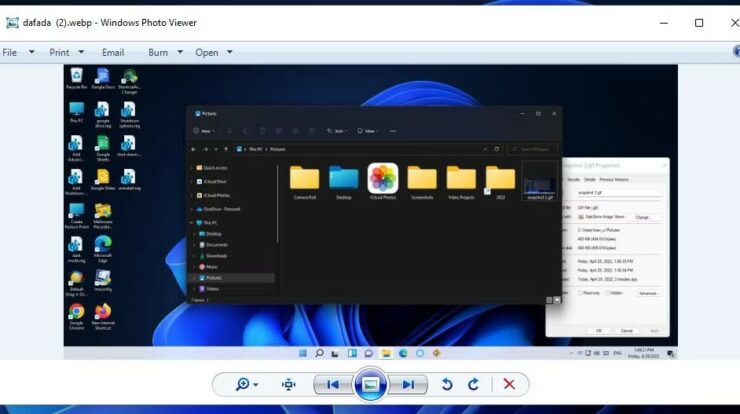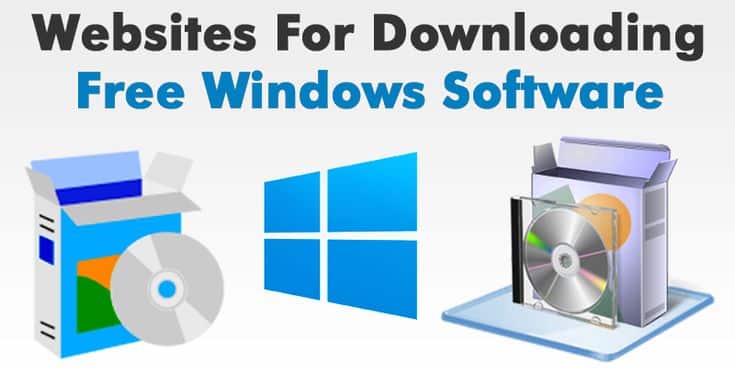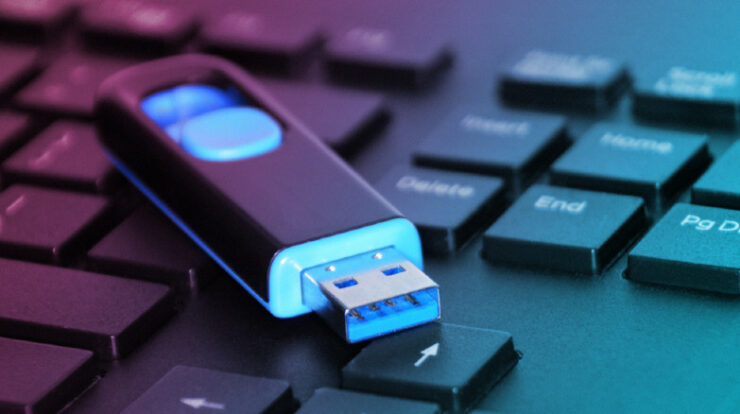
If you’re using Google Chrome and the screen turns black, you’ve run into a bug that’s one of the most problematical features of the browser. Several factors contribute to this issue, ranging from incompatible extensions to undiscovered software bugs. Fortunately, most Chrome users will fix a black screen problem by following some standard troubleshooting procedures. Temporarily fixing the issue can be as simple as resizing your browser window. However, to permanently resolve the Google Chrome Black Screen problem, you must carry out the procedures outlined below.
[lwptoc]
What Causes a Google Chrome Black Screen?
Unusual graphics display errors are the most common cause of a black screen in Chrome. Your Chrome web browser’s interface isn’t rendering correctly on your computer screen for some reason. As a result, some or all of your browser windows will go black, making it difficult to view web pages or control the browser window in any way.
Nevertheless, when it comes to graphics display errors, a Chrome black screen typically means that Chrome cannot “draw” its interface on your screen correctly. Google Chrome display issues may be caused by an unidentified bug, hardware acceleration issues on your PC, or malfunctioning extensions or Chrome settings.
Errors like these can occur at random or be triggered by specific actions you take, such as opening a new tab or turning on a new Chrome extension. Unfortunately, diagnosing why your browser window has gone black is difficult because there isn’t an error code or log you can look at.
Fortunately, following these steps can usually fix Chrome’s black screen Windows 10 issue. Try using another browser like Firefox, Microsoft Edge, or even a lesser-known one like Brave instead if you’re still having problems.
Resize Your Browser Window
Resizing the browser window is one of the quickest ways to fix a Chrome black screen. Your operating system will be compelled to “redraw” or recreate the UI after pressing this button. It will fix graphical issues like the black screen.
1. To resize your browser window, click the maximize/minimize button in the upper-left corner of your Mac or upper-right corner of your Windows screen. The user interface will be reset as a result of this action.
2. You can resize your browser window if it isn’t maximized by placing your mouse cursor in one of its corners (left or right, top or bottom). Then, resize the window by holding down the mouse button and dragging it around.
It fixes the issue in the vast majority of cases. Closing and restarting Chrome has the same effect because it regenerates the interface and removes any errors that may have caused the black screen to appear.
However, this is merely a band-aid solution for the time being. If the Chrome black screen problem persists, follow the steps listed below for a more in-depth fix.
Disable Hardware Acceleration
Hardware acceleration uses your computer’s processing power (such as your CPU or graphics card) to prioritize specific actions over other currently running system processes to speed up your work.
Your computer’s graphics card or integrated graphics chipset can reduce the load on your CPU in particular. While this works, graphical errors (such as a Chrome black screen) can occur if the feature isn’t optimized correctly or if your GPU is overworked.
Chrome hardware acceleration must be disabled to solve this issue.
1. Disable Chrome’s hardware acceleration by clicking the three-dot menu icon in the top left corner, then selecting Settings.
2. Select Advanced > System from the side menu in Settings.
3. Use hardware acceleration whenever possible should be switched from on (in blue) to off (in green) (in gray).
4. The Relaunch button appears to the slider’s left, so select it to restart your browser automatically after disabling hardware acceleration.
5. In Chrome, type chrome:/gpu into the address bar to see if hardware acceleration is currently being used. You can also check the GPU report menu to see how each graphics acceleration setting is performing.
Disable Chrome Extensions
Even though Chrome extensions can be beneficial, they can also be a source of issues if they are buggy or not set up correctly. For example, after installing or using an extension in Chrome, if you see a black screen, you must disable it.
1. In Chrome, click the three-dot menu icon in the upper-right corner to access your extensions—select Extensions from the More Tools drop-down menu.
2. You can disable an extension by selecting its slider icon in the Extensions menu and moving it from the blue (on) to grey (off) position. In case you aren’t sure, turn off all of your extensions.
3. Close and restart your browser if the problem persists after disabling all of your Chrome extensions.
Switch Off Chrome Flags
Several experimental features and settings can be found in Chrome’s hidden menu. In addition, chrome flags allow you to customize your Chrome experience by turning them on and off as needed.
Because some of these features are in the experimental stage, they may be flawed and lead to Chrome’s black screen problem. And if that’s the case, you will have to turn them off.
1. Type chrome://flags/ in the address bar to access the Chrome flags menu.
2. Search for graphics processing unit (GPU) flags using the top search bar. Using GPU rasterization, e.g., can speed up the rasterization process by drawing images more quickly. If you want to disable a setting, select Disabled from the drop-down menu next to it.
3. Restart your browser after disabling the flags. Leave the flag off if the change had an effect. If that doesn’t work, you can re-enable the flag and try a different approach.
Reinstall Chrome or Switch to Another Browser
Chrome’s black screen problem can’t permanently be fixed, unfortunately. However, if the black screen Google Chrome error persists, there are a few options, including resetting your Chrome browser or using a different browser entirely.
The standard, stable release of Chrome may not work correctly if you’re installing it again. Chrome Canary, for example, lets you try an alpha release of Chrome that includes the latest bug fixes and features but be aware that this may be too unstable for daily use.
You might also want to give Microsoft Edge a shot. Chrome’s black screen error can also occur in other browsers that use the same browser engine, such as Edge.
If this is the case, then try using a different browser like Firefox (another browser engine). As a result, you won’t have to worry about losing your bookmarks or preferences when switching from Chrome to Firefox.
Making Use of Google Chrome
Once you’ve resolved the Google Chrome black Screen when opening issue, you’ll be able to make full use of the browser. Consider using Chrome’s built-in password manager if you’re concerned about your online security. It’ll generate new passwords for you and keep your old ones safe for you.
ALSO SEE: Discord Awaiting Endpoint
You can also sync your bookmarks and preferences across multiple devices by using Chrome browser-sync.












